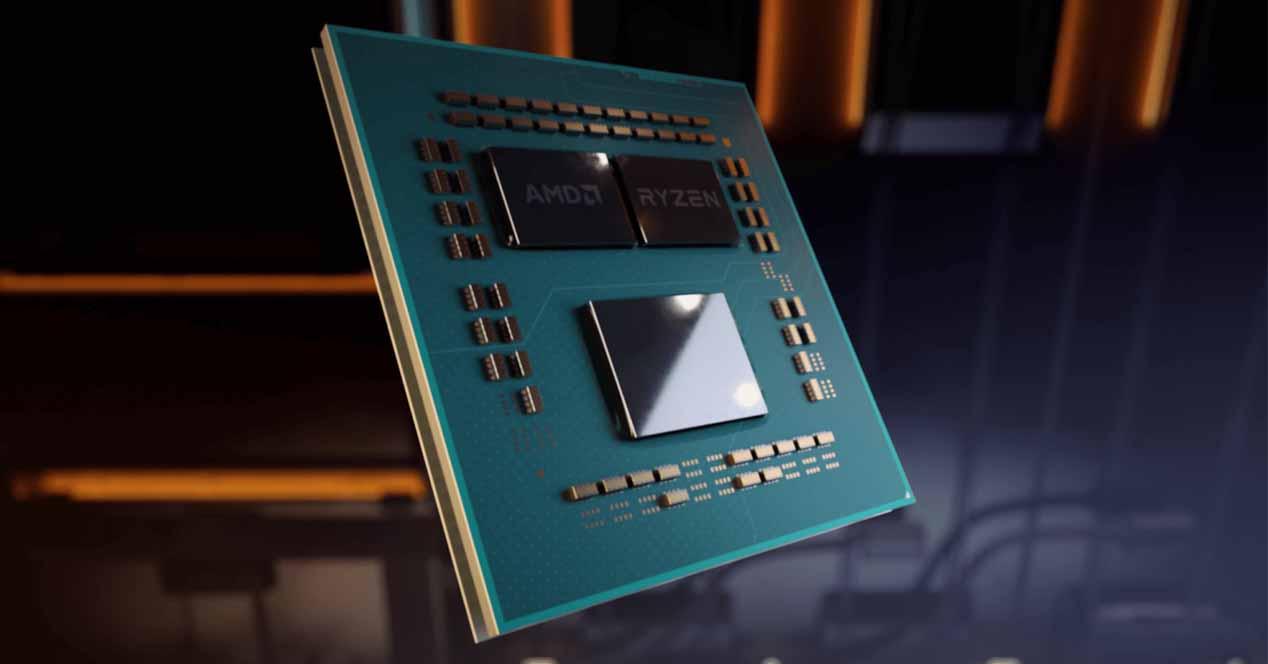It was programmer Yuri (1usmus) who made the discovery while working on the new Ryzen (CTR) 2.0 Clock Tuner for AMD’s Zen 3 processors. This indicates that even when read, there is a different watch table that has twice as many entries for these processors as for those with a single CCD, so everything indicates that they have another one that is disabled.
Processors with “sleeping” CCDs
For example, Yuri could see that CCD 1, although unavailable for processor operation, was not really turned off at all but just inactive. In addition to the power, which was active, the CCD was in so-called deep sleep mode, which of course is a de facto shutdown (which also makes sense). However, sporadic “patterns of life” are recorded from time to time, as the watchdog clock increased to 550 MHz.
We suspect that this processor is a Ryzen 9 that was returned after testing, and indeed the Ryzen 5 5600X shown here suggests a faulty Ryzen 9 5900X that may not have passed quality testing. This in itself isn’t a bad thing, as demand for Ryzen processors is currently extremely high; however, it is suspected that the overclocking margins may be slightly lower. However, the presence of a second disabled CCD will not affect normal operation, we can be sure.
We have seen similar situations in the past: in short, we could talk about AMD Ryzen 9 processors which did not pass AMD quality checks and whose chip was reused for a Ryzen 5, with that extra CCD disabled. in a way so that the processor behaves like a Ryzen 5 when it was actually a partially faulty Ryzen 9.
Can these CCDs be activated? What Ryzen processors do they have?
In principle, it should be possible to find a way to activate both CCDs and override this factory deactivated zone. However, this is a question of effort and most importantly it would be desirable to know the reasons for disabling it because even if you can enable it, it might not work as it should. Keep in mind that AMD will hardly “degrade” the margin between the Ryzen 9 and the Ryzen 5, and between those and the Ryzen 7 for no good reason, but you also have to remember these three cores of the Athlon II processors. X3 and Phenom II from AMD. X3, where the fourth nucleus disabled
For now, the programmers continue to work with CTR 2.0 and these processors to assess whether or not it is possible to activate this CCD, and they assure that by the beginning of February they will already be able to know if it is possible or no. That would definitely be great news, can you imagine buying a Ryzen 5 processor which with an update of its microcode can be mutated into the Ryzen 9?










